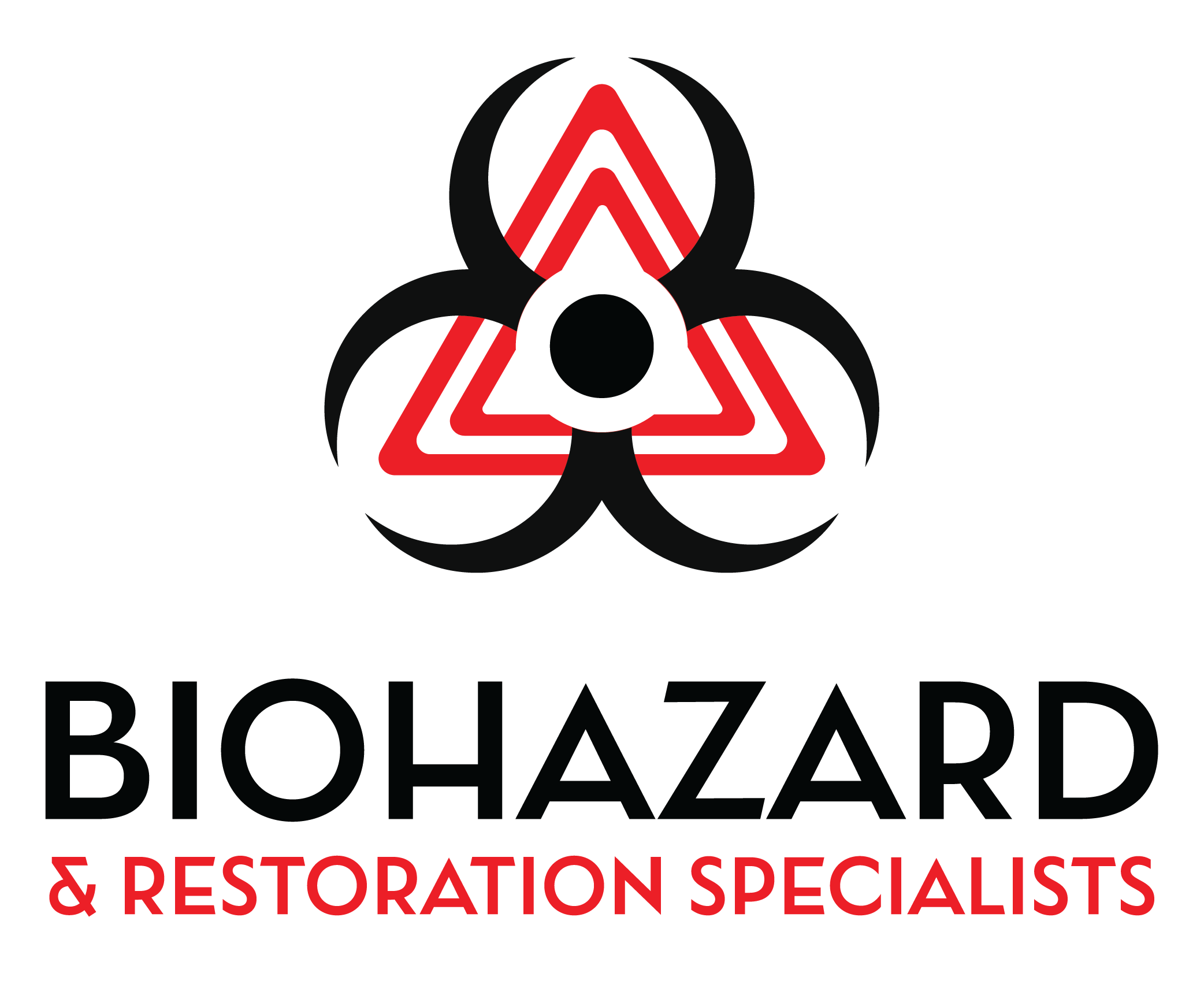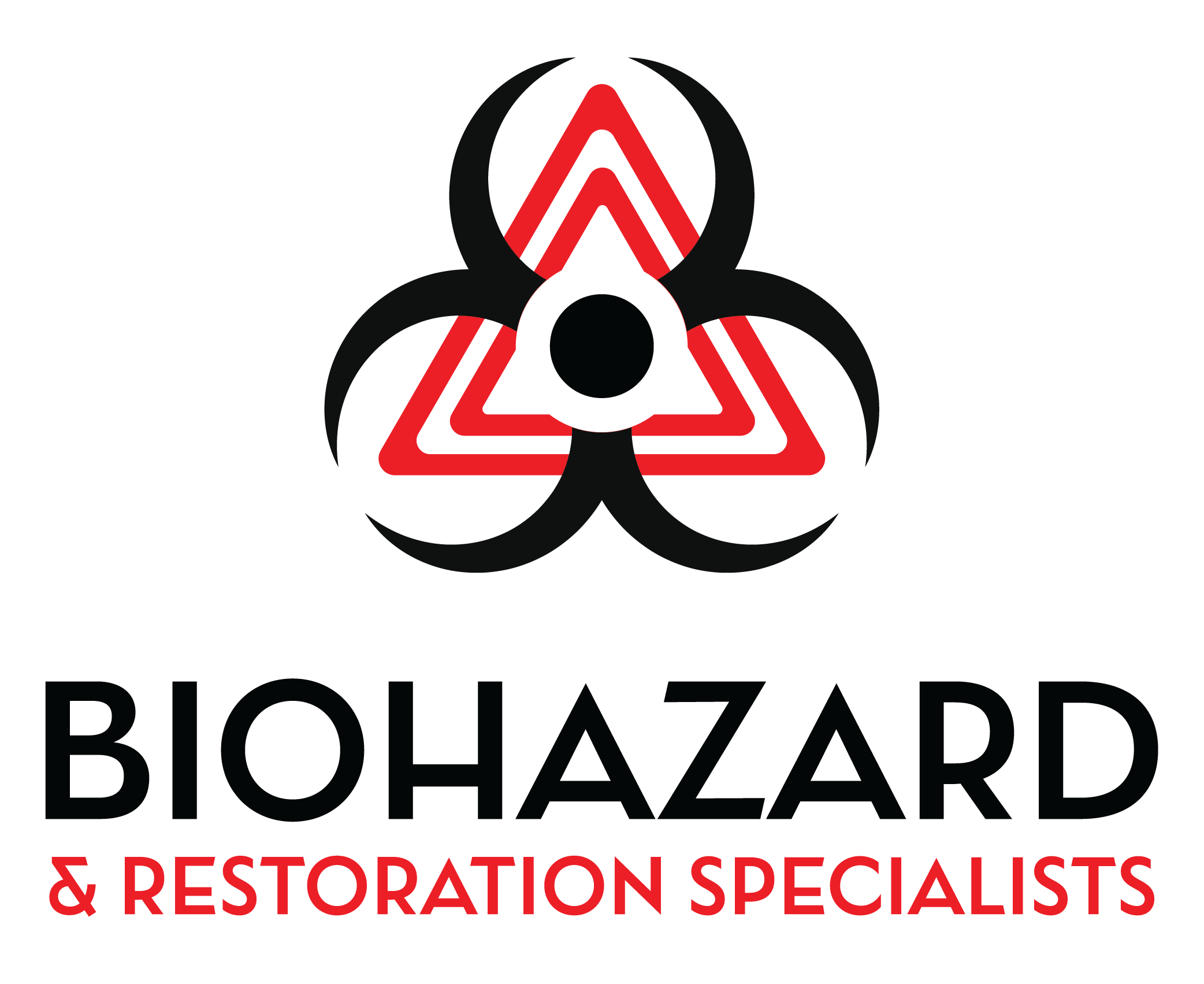Mold remediation is a comprehensive process aimed at identifying, containing, and eliminating mold growth from indoor environments. It involves not only the removal of visible mold but also addressing the underlying moisture issues that allow mold to thrive. This process is crucial for maintaining a healthy living space, as mold can lead to various health problems and structural damage if left unchecked.
We often think of mold as merely an unsightly nuisance, but its implications extend far beyond aesthetics. In essence, mold remediation is about restoring a safe and healthy environment. It typically begins with a thorough inspection to assess the extent of the mold problem.
This inspection helps us understand the type of mold present and the areas affected. Following this, containment measures are implemented to prevent the spread of spores during the removal process. Finally, we engage in cleaning and repairing affected areas, ensuring that the environment is not only free of mold but also less susceptible to future growth.
Key Takeaways
- Mold remediation is the process of removing and preventing the growth of mold in indoor environments.
- Health risks of mold include respiratory issues, allergies, and other health problems.
- Signs of mold in your home include musty odors, visible mold growth, and water damage.
- Professional mold remediation is important to ensure thorough removal and prevention of mold growth.
- Steps in the mold remediation process include assessment, containment, removal, and prevention of future growth.
The Health Risks of Mold
Respiratory Issues and Allergic Reactions
Symptoms may include sneezing, coughing, skin rashes, and even more severe reactions in sensitive individuals.
The Dangers of Mycotoxins
We must recognize that mold can produce mycotoxins, which are toxic compounds that can lead to serious health complications when inhaled or ingested. Moreover, prolonged exposure to mold can result in chronic health issues. Some studies suggest links between mold exposure and neurological problems, fatigue, and even depression.
Taking Proactive Measures
As we navigate our daily lives, it’s essential to be aware of these risks and take proactive measures to protect ourselves and our loved ones from potential harm. Understanding the health implications of mold can motivate us to act swiftly when we suspect its presence in our homes.
Signs of Mold in Your Home
Identifying mold in our homes can sometimes be challenging, as it often grows in hidden areas. However, there are several telltale signs that we can look for to determine if mold is present. One of the most obvious indicators is a musty odor that lingers in certain areas, often suggesting hidden mold growth behind walls or under carpets.
Another sign that we should not overlook is the presence of water damage or excessive moisture in our homes.
Leaks from plumbing or roofs can create ideal conditions for mold growth. If we notice peeling paint, warped wood, or condensation on windows, these could be indicators of moisture issues that may lead to mold development. By being proactive and observant, we can catch potential mold problems early and take appropriate action.
The Importance of Professional Mold Remediation
| Importance of Professional Mold Remediation |
|---|
| 1. Health Risks |
| 2. Preventing Spread of Mold |
| 3. Identifying Underlying Issues |
| 4. Proper Equipment and Techniques |
| 5. Long-term Prevention |
While some may consider tackling mold removal as a DIY project, the importance of professional mold remediation cannot be overstated. Professionals possess the expertise and specialized equipment necessary to effectively identify and eliminate mold while ensuring that it does not return. They understand the complexities involved in mold growth and are trained to handle hazardous materials safely.
By relying on professionals, we can ensure that the job is done correctly and thoroughly. Moreover, professional remediation services often include comprehensive assessments that go beyond mere removal. They can identify moisture sources and recommend solutions to prevent future growth.
This holistic approach not only addresses the immediate problem but also helps us maintain a healthier living environment in the long run. Investing in professional services ultimately saves us time, effort, and potential health risks associated with improper mold handling.
Steps in the Mold Remediation Process
The mold remediation process typically follows a series of well-defined steps designed to ensure thorough removal and prevention of future growth. Initially, professionals conduct a detailed inspection to assess the extent of the mold problem and identify moisture sources. This step is crucial as it lays the groundwork for effective remediation strategies tailored to our specific situation.
Once the assessment is complete, containment measures are implemented to prevent spores from spreading during removal. This may involve sealing off affected areas with plastic sheeting and using air filtration systems to capture airborne spores. After containment, the actual removal process begins, which may include scrubbing surfaces with specialized cleaning agents or removing contaminated materials entirely.
Finally, professionals will address any underlying moisture issues and provide recommendations for preventing future mold growth.
Preventing Mold Growth in Your Home
Preventing mold growth in our homes requires a proactive approach focused on moisture control and regular maintenance. One of the most effective strategies is to keep humidity levels low, ideally between 30% and 50%. We can achieve this by using dehumidifiers in damp areas such as basements and ensuring proper ventilation throughout our homes.
Regularly checking for leaks in plumbing and roofs is also essential; addressing these issues promptly can significantly reduce the risk of mold development. Additionally, we should be mindful of how we use our spaces. For instance, using exhaust fans while cooking or showering can help reduce moisture buildup.
It’s also wise to avoid carpeting in areas prone to dampness, such as bathrooms or kitchens. By adopting these preventive measures and maintaining a vigilant eye on our living environments, we can create conditions that are less conducive to mold growth.
The Cost of Mold Remediation
The cost of mold remediation can vary widely depending on several factors, including the extent of the infestation, the type of mold present, and the size of the affected area. On average, homeowners might expect to pay anywhere from $500 to $6,000 for professional remediation services. While this may seem like a significant investment, it’s essential to consider the potential health risks and property damage associated with untreated mold.
In some cases, insurance may cover part of the remediation costs if it results from a covered peril like water damage. However, it’s crucial for us to review our policies carefully and consult with our insurance providers to understand what is included. Ultimately, investing in professional mold remediation not only protects our health but also preserves the value of our homes.
Finding a Qualified Mold Remediation Specialist
Finding a qualified mold remediation specialist is a critical step in addressing any mold issues we may encounter in our homes. We should start by seeking recommendations from friends or family who have had positive experiences with local professionals. Online reviews and ratings can also provide valuable insights into a company’s reputation and reliability.
When evaluating potential specialists, it’s essential to verify their credentials and experience in mold remediation. We should look for certifications from recognized organizations that demonstrate their expertise in handling mold-related issues safely and effectively.
In conclusion, understanding mold remediation is vital for maintaining a healthy home environment. By recognizing the health risks associated with mold exposure and being vigilant about signs of its presence, we can take proactive steps toward prevention and remediation. Engaging professional services ensures thorough removal and long-term solutions while allowing us to focus on creating a safe space for ourselves and our families.
When dealing with mold remediation, it is important to consider the potential health hazards that can arise from exposure to mold spores. In a related article on sewage water cleanup, the importance of proper cleaning and disinfection techniques is emphasized to prevent the spread of harmful bacteria and pathogens. This article highlights the need for professional assistance in handling hazardous materials to ensure the safety of both the environment and individuals involved. Additionally, the article on restoration buildback services discusses the importance of restoring properties to their pre-damaged state after remediation efforts, emphasizing the need for thorough and comprehensive restoration processes.
FAQs
What is mold remediation?
Mold remediation is the process of removing and cleaning up mold from an indoor environment. It involves identifying and addressing the source of the mold, containing the affected area, and removing the mold to prevent further growth.
Why is mold remediation important?
Mold remediation is important because mold can cause health problems and damage to property. It is crucial to address mold issues promptly to prevent health issues and structural damage.
How is mold remediation done?
Mold remediation is typically done by professionals who are trained in identifying and removing mold. The process involves assessing the extent of the mold problem, containing the affected area, removing the mold, and cleaning and sanitizing the area to prevent future mold growth.
When should mold remediation be done?
Mold remediation should be done as soon as mold is discovered in an indoor environment. Prompt action is important to prevent the mold from spreading and causing further damage.
Can I do mold remediation myself?
While small mold problems can sometimes be addressed by homeowners, it is generally recommended to hire a professional mold remediation company to ensure that the mold is properly identified, contained, and removed. Professional expertise is important to ensure the safety and effectiveness of the remediation process.

